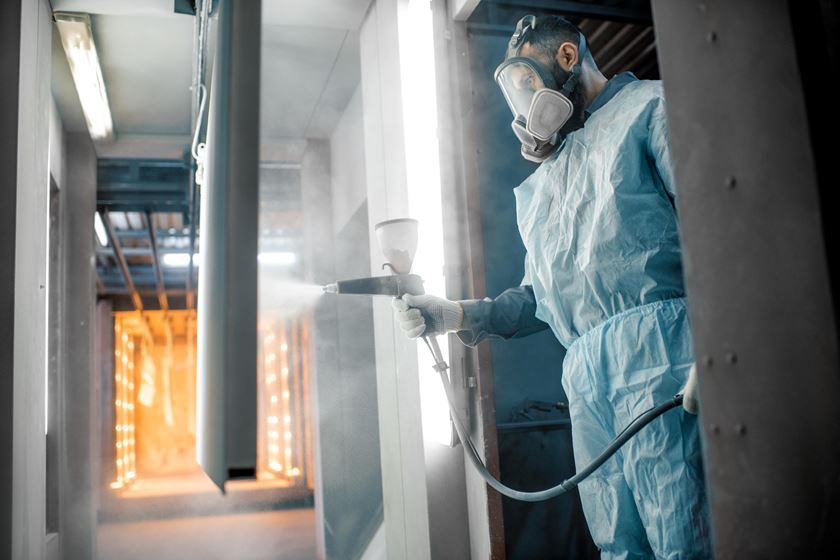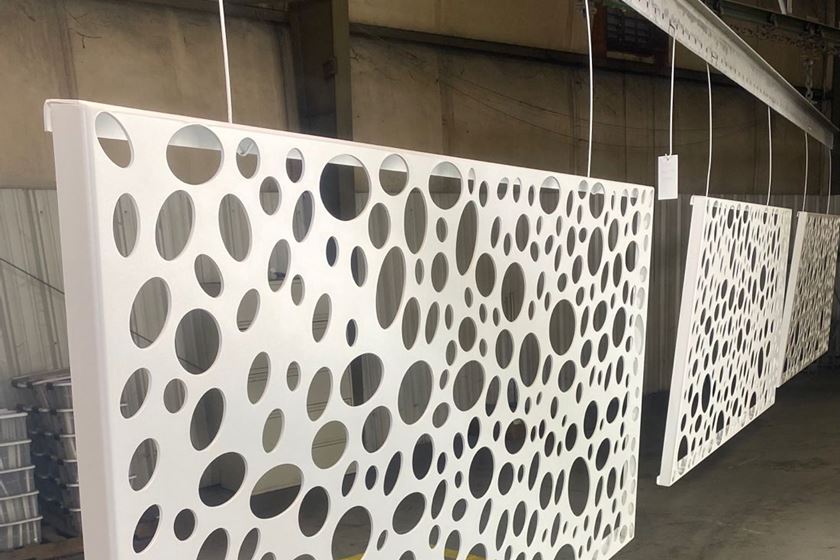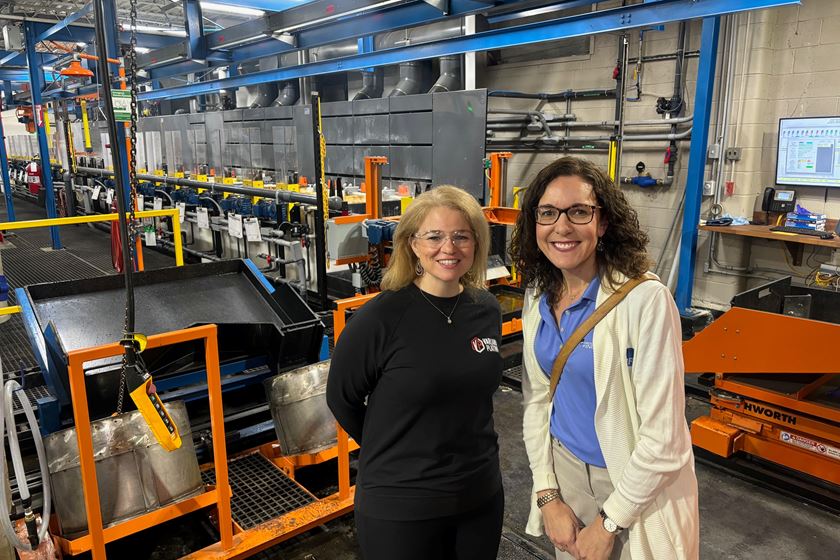What is a Dendrite?
What causes them to form?
Q. What is a dendrite, and what causes it to form?—P. K.
A. When I was growing up, platers called dendrites “trees” because of their structure. Dendrites are formed during the crystallization of metals and during plating processes. In the non-plating world, dendrites are similar to snowflakes. In most cases, they are considered a problem to be avoided, although during my career I ran into a few souls who wanted training on how to grow them—and yes, they were artists. In the world of electroplating, dendrites should be avoided or minimized. Almost all plating baths are susceptible to dendrite formation under the right conditions. A copper plating bath with high chloride concentration, for example, will lead to the irregular copper deposits, causing dendrites to form.
Originally published in the July 2015 issue.
RELATED CONTENT
-
Stripping of Plated Finishes
The processes, chemicals and equipment, plus control and troubleshooting.
-
Choosing and Troubleshooting Copper Electroplating Processes
Learn more on this inexpensive and highly efficient process.
-
Aluminum Anodizing
Types of anodizing, processes, equipment selection and tank construction.
















